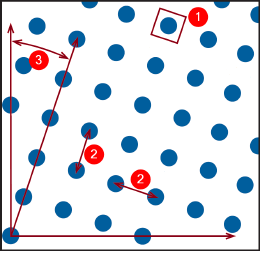
Brief Introduction: Screen Systems
What is a RIP?
To output a PDF document to media, a process is needed that calculates the data matching the media from the data found in the PDF. For example, RGB data are output on a monitor.
The data must be prepared differently for printing PDF documents because the colors are applied to the paper in single drops. The RIP ("Raster Image Processor") is responsible for this preparation. It generates screening data from a PDF document that can be imaged. Prinect uses the "Adobe PDF Print Engine" as its RIP.
What does a screen do?
Single black dots of ink must be applied to the paper in various densities to be able to give the impression of different grays with just black ink. Likewise, the observer sees countless different color impressions resulting from single dots of ink of the four process colors.
How these dots are applied exactly is determined by the screen system used.
In conventional screening, the dots, for example, are spaced out uniformly to each other and the dot size varies according to lightness. In frequency-modulated screens, on the other hand, there is a great number of small dots distributed very finely whose spacing varies to achieve different lightnesses.
Which parameters can be set in screen systems?

•Dot shape [1]
refers to the shape of the printed dots like elliptical, square or rhombic.
•Dot size [1]
indicates the size of the single screen dots.
•Screen frequency [2]
is a dimension for the density of the screen dots. It is specified in lpi (lines per inch) or lpcm (lines per centimeter).
•Angle [3]
The screening structures of the different color separations are printed rotated at a certain angle to each other to minimize color drift and moiré effects. For example, magenta is rotated by 45° with respect to yellow in the IS Classic screen.
What does the Screening Selector do?
The Screening Selector lets you edit the screen settings for single objects or whole documents. These settings are saved as meta data in the PDF document and during printing sent to the imagesetter that processes this information in the RIP.
This means that the settings of the screen system do not affect the way objects are displayed on the screen.